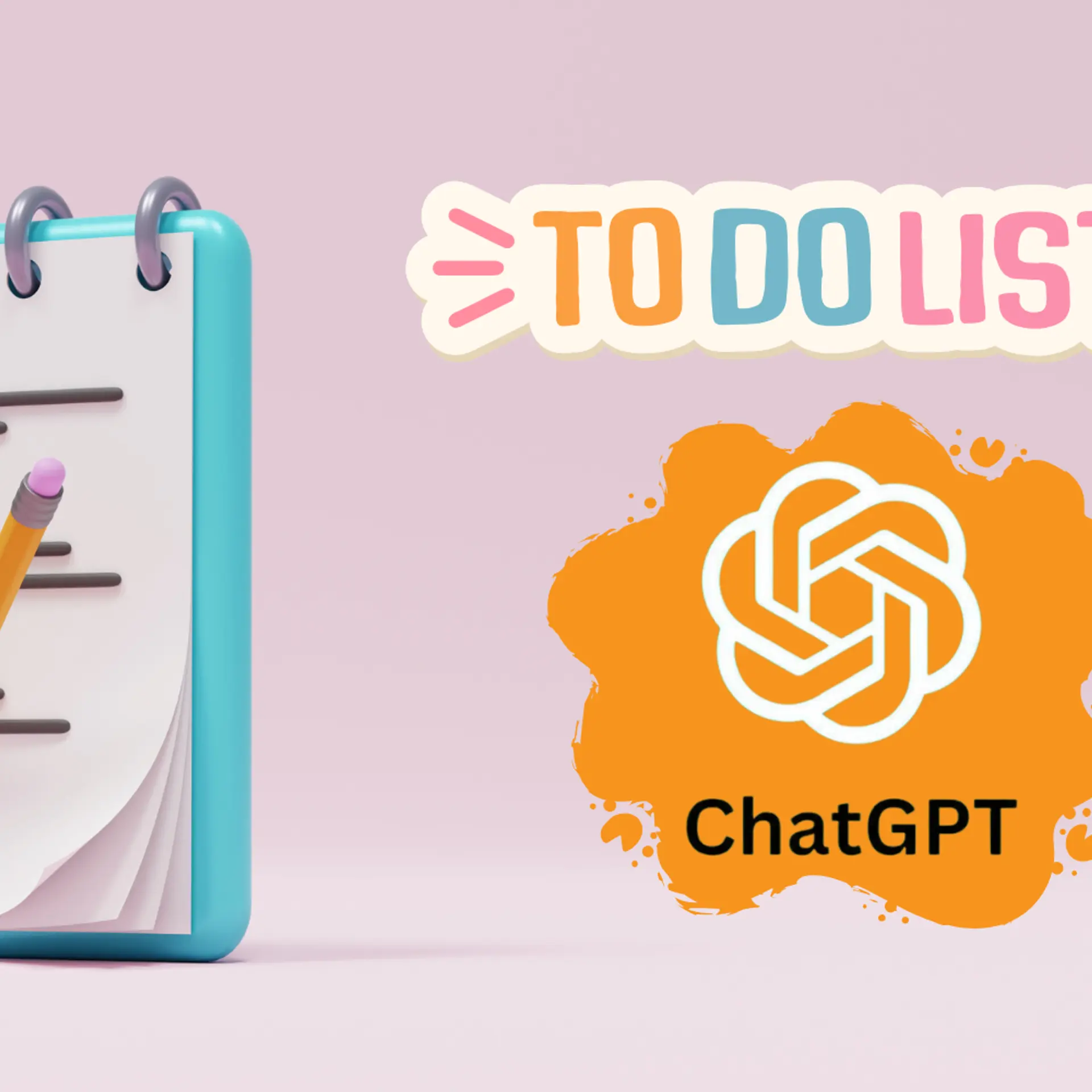Here’s why startup founders should aim to acquire fast, retain faster
For founders, making the many choices they must in a way that allows them to demonstrate strong customer retention and expansion in basket is their ticket to startup glory.
Growth. Traction. Momentum.
Small words with big meanings and big impact on how your trajectory as a company is looking. It reflects how customers are taking to your offering and determines which investors will respond to your pitch. I’m yet to see a concept with muted traction receive meaningful backing.
On the other hand, a concept with escape velocity will seldom have trouble getting investor attention. And yet, a growth path is a hard one to design. A majority of startups plateau and hit the end of their runway without turning the growth flywheel.
Startups are about risk and reward, one could argue. You take a bold bet on what the market wants and if you’re right, you get to be the category creator/market leader by the virtue of making strong early moves.
In the happy scenario, you get ample firepower to invest in marketing more than any of the competitors, so you go ballistic with bidding on keywords, adding quarter-page print ads, aggressive discounts and perhaps substantial lead over the competition and ample top-of-the-mind re-call to become too big to fail.
But in the more likely scenario, your early guesses on what the market wants might not be as solid as you’d want them to be. That’s pretty normal. That’s why achieving Product-Market Fit is a real term and a moment of truth stage for startups.
It takes iterations to figure out what the market wants. Aggressive marketing before this spells death for startup ideas with no opportunity to iterate/pivot.
And it’s these iterations that point to the subject of retention. You have an idea, have built a product, and are now looking for the market. The ‘market’ isn’t one large homogenous entity. You’re trying to figure out who’s the early adopter for your offering - who’ll buy and buy again and become a regular.
If there are enough of these people and if you know where to find them and how to reach them. If you can acquire them cheaply enough and make enough margins from their consumption to cover your acquisition costs.
So, thinking about retention and life-time value isn’t just about push notifications and emails. It’s about purchase frequency too. If the natural interval for your category is once a year, it’s hard to build brand connect and you might need to be profitable in the first transaction itself.
It’s about basket affinity too. Will the customer buy more of the same product and increase consumption or will they buy other things from you so your margin expands?
Making these choices in a way that allows you to demonstrate strong customer retention and expansion in basket is your ticket to startup glory.
It’s about acquisition too. Does the customer represent a persona whose needs you’re serving better than the market and can you expand on that using referrals or lookalikes to be efficient with acquisition?
The fun part: you can afford to spend a lot more on acquisition if you’ve designed for retention and life-time value better.
As a startup founder, you’re dealing with several kinds of risks - the market might not be ready, the product may not suit the client’s expectations on quality or price, the pain may not be as high as the switching effort - several things that would need you to recalibrate your strategy, perhaps sharpen focus on a subset of the customers or problem statements you started out with or pivot entirely if your team is strong, have money in the bank, and investors are aligned. What you don’t want to be the reason for failure is poor execution.
If you’re getting $3 million seed money, then you have some time and room to make mistakes and still survive. But If that’s $0.5 million, you’re better off being extremely cautious about the metrics you track.
A part of the famous quote around 50 percent advertising being wasted continues to apply - except in a lot of cases, it’s sort of clear which 50 percent - as long as you’re paying enough attention.
Edited by Teja Lele
(Disclaimer: The views and opinions expressed in this article are those of the author and do not necessarily reflect the views of YourStory.)







